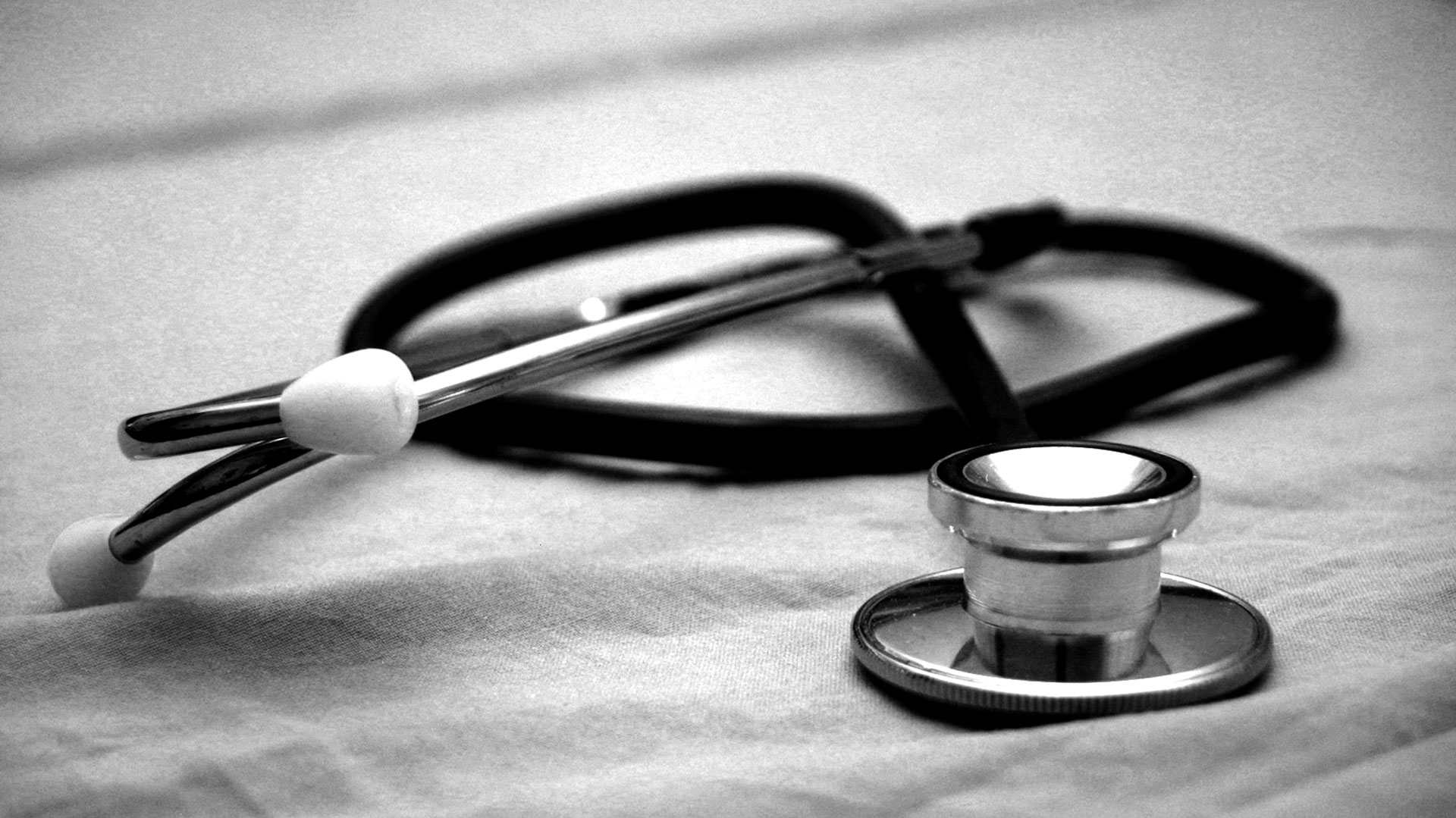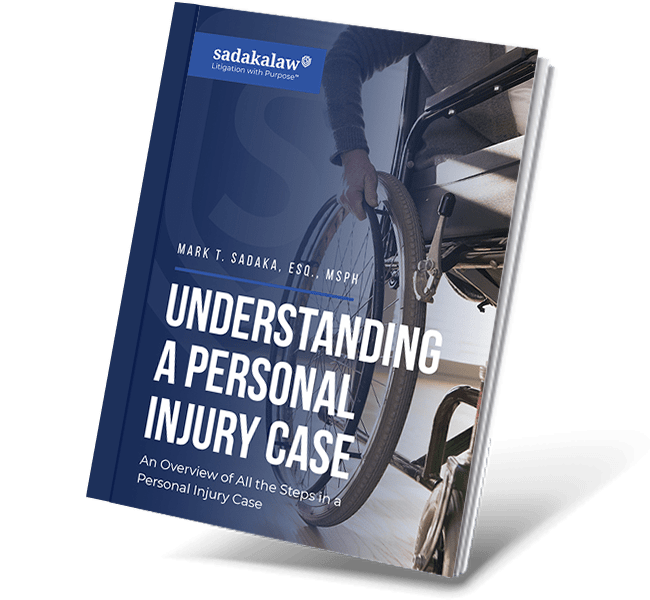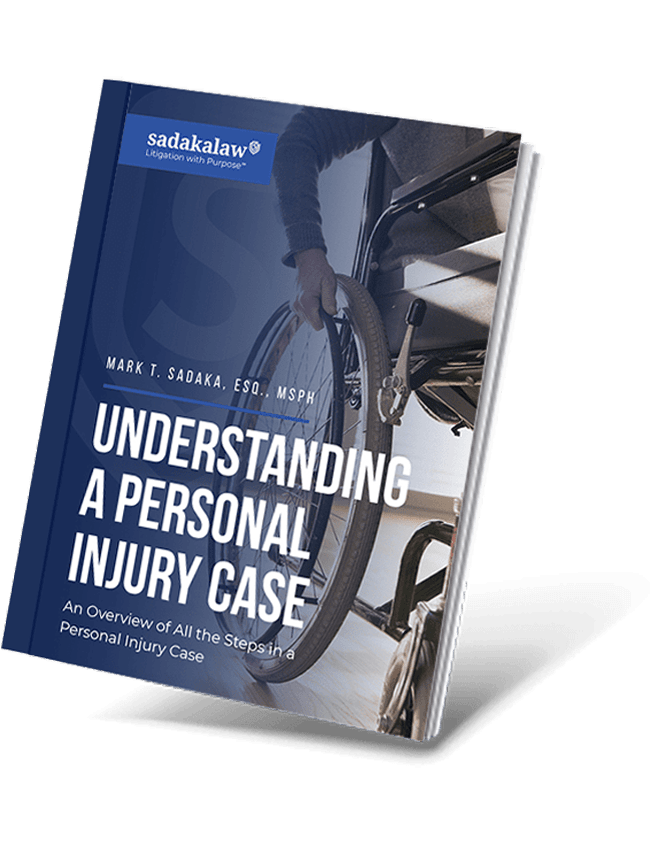
The family of a Greek teenager is desperately seeking treatment options and the money to pay for them after their daughter has been diagnosed with a devastating disease after a seemingly minor injury. Also known as “the suicide disease” because of the immense pain that it causes, chronic regional pain syndrome (CPRS) ruins the lives of people who are diagnosed with it. For now, the girl’s parents have moved around the globe and have set up a Gofundme campaign to attempt to treat their daughter who continues to have outbreaks of severe localized pain that have literally put her in tears even as she progresses in her rehabilitation.
CPRS: A Major Disease Stemming from Minor Injuries
The disease that the teenager contracted, CPRS, results primarily from injuries that impact the arms or legs. The original injury is often minor and is certainly out of proportion to what follows it. The disease can also develop after the patient has suffered a stroke or a heart attack. There is not much data or information on what causes the disease. One theory is that a vulnerability of the central nervous system causes the disease. Another theory posits that it results from some sort of trauma. There is little understanding of the exact way that CPRS develops after this injury.
CPRS can lead to a continuous throbbing sensation and extreme pain. The affected area can swell and the temperature of the skin can change. Other symptoms include muscle spasms and tremors or the loss of the ability to use the affected body part. The disease manifests itself in different ways depending on the patient and the severity of the symptoms can differ. The disease has the ability to spread to other parts of the body from the initial area where the patient experiences it. The disease is extremely rare, although there are no exact numbers on the number of patients worldwide who have the condition. There are estimates that up to a quarter of a million people in the U.S. have this disease.
CPRS Is Called the Suicide Disease
The disease is called “the suicide disease” in part because there is a much higher rate of suicide among those who suffer from the conditions. Some patients simply cannot bear the intensity of continuous pain and ultimately choose to take their own lives. Studies have shown that up to three-quarters of patients who have this disease have suicidal ideations. The disease is so debilitating that many are simply incapable of living normal lives. Some say that the pain associated with CPRS can be even worse than that of childbirth.
There are some known treatments that can make a difference in the lives of these patients, but they may still not eradicate the pain. Some patients can see some reversal of their condition if they begin an intensive therapy regimen. However, they must begin therapy shortly after experiencing the initial symptoms because, at a certain point, the symptoms may be irreversible. In addition, the treatment of this disease can be prohibitively expensive. Patients are already not able to work in many cases so finances are a consideration in whether they can afford this treatment.
CPRS Has Impacted the Ruhfass Family
In the case of the Greek teenager Moana Ruhfass, she was diagnosed with the disease in 2013. At the time, she was just 11 years old. She suffered a minor ankle injury which became much worse after the onset of the disease.
CPRS has entirely taken away her quality of life. For Ruhfass, the pain occasionally gets so bad that she blacks out. She suffers from full-body convulsions and seizures from the pain that can last from a minute to up to two and a half minutes. These will happen once or twice each week. There is not much trigger needed. Even a minor breeze against her leg can spark the onset of an episode.
Ruhfass has undergone intensive therapy that has helped her overall condition somewhat. Her parents moved from Greece to Australia solely to get their daughter help. She endured a ten-week therapy program with each day consisting of ten hours of therapy. As a result, Ruhfass, who was previously confined to a wheelchair, is now able to walk again. Nevertheless, she still experiences severe pain and those episodes have not diminished.
Now, Ruhfass is at a crossroads in her treatment. There is a center in Arkansas that has successfully treated five patients with CPRS in the past year. However, the course of treatment at this center is expensive, and the family needs money for the treatment as well as to fly Ruhfass and her mother to the U.S.. As such, the family has set up a Gofundme to help raise costs for the treatment and travel. The hope is that the clinic in Arkansas can help deliver Ruhfass lasting progress as this center has the best track record in treating CPRS. Previously, this center helped treat another 12-year old whose pain from the disease became so intense that he asked his mother to buy him a gun so he could commit suicide.
The family is closing in on its fundraising goal and Ruhfass stands ready to begin the course of treatment that could change her life thanks to the generosity of many donors from around the world. When the family is successful, Ruhfass can expect to undergo a 12-week course of treatment that has a strong track record of success for suffering patients.


